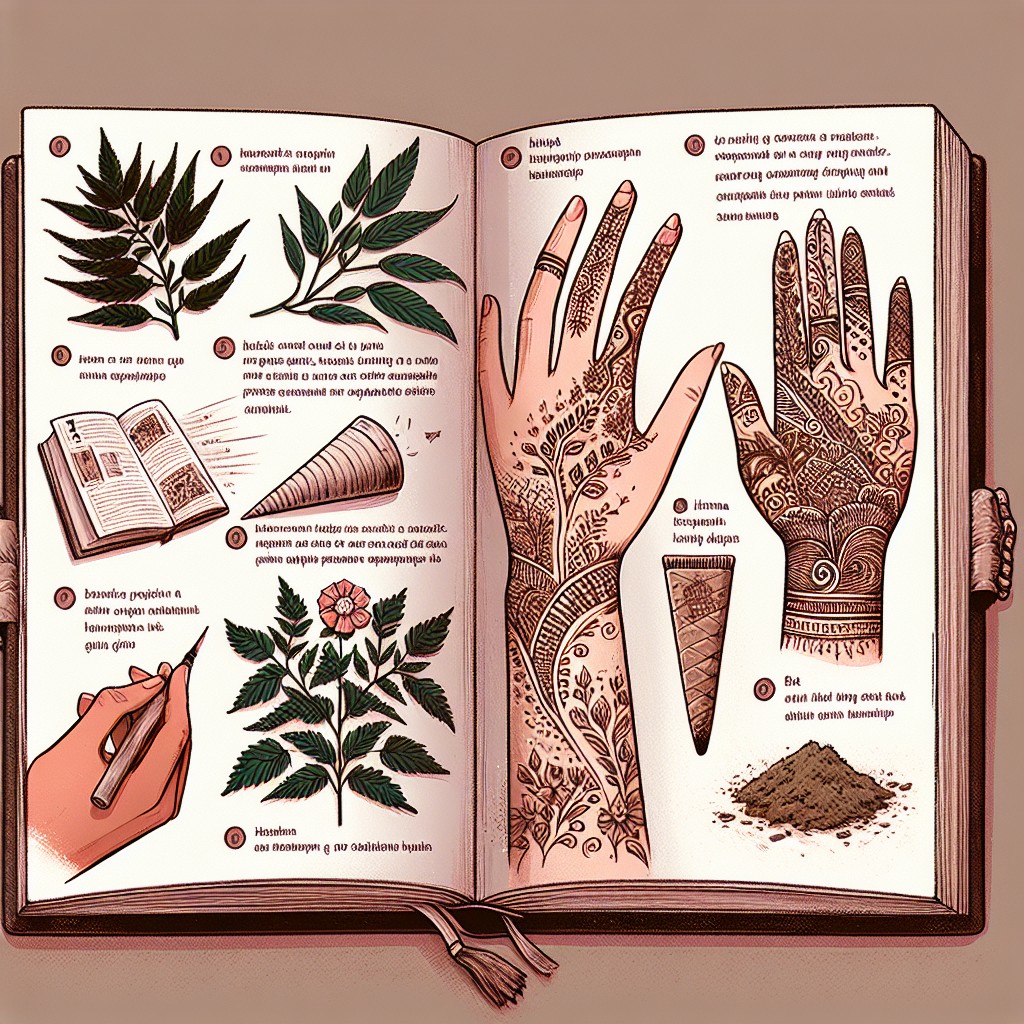Henna Demystified: 7 Things You Should Know
Henna is a natural dye that has been used for centuries to create beautiful and intricate designs on the skin. Originating from the leaves of the henna plant, its rich red-brown color and temporary nature make it a popular choice for celebrations and special occasions. If you have ever been fascinated by henna art or have considered trying it yourself, here are seven important things you should know.
1. The History of Henna
Henna has a long and rich history dating back over 5,000 years. It is believed to have originated in ancient Egypt and quickly spread to other parts of the world, including India, Pakistan, and the Middle East. Henna has been used for various cultural and religious ceremonies, such as weddings, festivals, and childbirth. Its application is often associated with good luck, blessings, and protection from evil spirits.
2. The Natural Dyeing Process
The henna dye is created by crushing the leaves of the henna plant into a fine powder. This powder is then mixed with a mildly acidic liquid, such as lemon juice or tea, to release the dye molecules. The resulting paste, known as henna paste, is then applied to the skin with the help of a cone or a brush. After a few hours, the dried paste is gently removed, leaving behind a vibrant stain that gradually darkens over the next 24-48 hours.
3. Temporary Body Art
One of the most attractive features of henna is its temporary nature. Unlike permanent tattoos, henna designs fade away naturally over time. The longevity of the stain depends on various factors, including the quality of henna used, the body part where it is applied, and individual skin characteristics. On average, henna tattoos last between one to three weeks, gradually fading as the top layer of the skin naturally exfoliates.
4. All-Natural and Safe
Henna is an all-natural and safe alternative to synthetic dyes and chemical-laden products. It is free from harmful chemicals like ammonia, peroxide, and paraphenylenediamine (PPD), making it suitable for most individuals, including those with sensitive skin. However, it is important to note that some pre-packaged henna products may contain additives, so it is advisable to choose pure, natural henna and avoid so-called "black henna" which often contains harmful chemicals.
5. Intricate and Versatile Designs
Henna designs can range from simple dots and lines to intricate and elaborate patterns. Traditional henna designs often include floral motifs, geometric shapes, and symbols representing cultural significance. However, henna art has seen a contemporary twist in recent years, with artists incorporating modern elements and personal preferences to create unique designs. Whether you prefer a traditional or a modern aesthetic, henna offers endless possibilities for creativity and self-expression.
6. Henna as a Healing Agent
Apart from its decorative use, henna is also known for its potential healing properties. It is believed to have cooling, antifungal, and antimicrobial effects, making it a popular remedy for various skin and hair conditions. Henna can help reduce dandruff, strengthen hair strands, and improve scalp health. Additionally, it is said to have soothing properties and is often used to cool down sunburns and treat minor skin irritations.
7. Precautions and Allergies
While henna is generally safe, it is important to be aware of potential allergies and associated risks. Some individuals may be allergic to henna, experiencing skin irritation, redness, or rashes after its application. It is recommended to do a patch test before getting a henna tattoo or using henna on the hair to ensure there is no adverse reaction. It is also crucial to use authentic and natural henna and avoid "black henna" products, which often contain harmful additives that can cause severe allergic reactions.
In conclusion, henna is a fascinating and ancient artform that offers beauty, cultural significance, and even potential healing benefits. Whether you are intrigued by its history, attracted to its temporary nature, or interested in exploring its versatility, henna is an artform that continues to captivate people around the world. Just remember to take necessary precautions, choose the right type of henna, and embrace the joy of adorning your body with this beautiful natural dye.

Share This Article
More Articles You Might Like
Discover More Content
Explore our collection of articles across various topics and categories. From cutting-edge technology insights to wellness wisdom, we curate the best stories to expand your horizons.
Article ID: 228